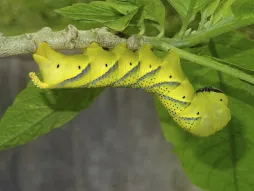Aronia arbutifolia, the red chokeberry
In Lithuania and Minnesota, the berries of Aronia arbutifolia are used to make wine. Elsewhere, this tree native to eastern Canada and the United States is cultivated mainly for its leaves, which take on a purplish hue in autumn, and its fragrant flowers.
How to recognize Aronia arbutifolia?
A deciduous shrub with an upright habit, Aronia arbutifolia reaches a height of three metersand a spread of 1.5 meters.
Red Aronia has fine, superficial roots. They are nevertheless sufficient to anchor it in undergrowth and damp forests.
Its lanceolate leaves have a serrated margin. They measure between four and eight centimetres. Green, they turn red and then purple in autumn.
Flowering begins in May and lasts until October. White or pinkish flowers bloom in corymbs. Each flower has five petals and a cluster of long stamens that attract bees, birds and other pollinators.
The berries, first green then red, appear in autumn. The fruits are appreciated by birds, but their taste is too strong for humans.
Like aronia melanocarpa (Aronia melanocarpa), Aronia arbutifolia is not considered a toxic plant if ingested or if it comes into contact with the skin. However, it is not advisable to eat too many berries. They may cause digestive problems.
Our maintenance tips
Aronia arbutifolia produce numerous shoots. Plant them in the ground so that they can develop.
Watering
Aronia arbutifolia likes humidity, but not at root level. Water only when the rootball has dried to a depth of two or three centimeters.
Use non-calcareous water, such as rainwater, at room temperature. If you've placed your houseplant on a dish, empty the stagnant water each time it appears.
Repotting
Choose a pot with holes or a tub large enough to accommodate your Red Aronia and its future offshoots. You can place clay balls or gravel at the bottom for drainage.
Mix universal potting soil with garden soil. You can also enrich the substrate with compost or heather soil. Pour a layer of this mixture at the bottom of the pot and plant your Red Aronia. The root ball should be a few centimetres below the rim to form a watering trough. Add potting soil to reach the root ball.
Water copiously to encourage rooting and mulch to keep the soil cool.
Fertilization
Put compost at the foot of your Red Aronia to stimulate its growth.
Harvest
Pick the berries when they are ripe and easily detachable from the branch.
Prune
Always use clean, sharp pruning shears when pruning.
Eliminate dead wood and aerate the center by removing crossing branches, for example.
Shorten the remaining branches by about a third if you want to control the growth ofyour Red Aronia.
Plantation
Once the last spring frosts have passed, you can plant.
Soak your Red Aronia while digging a hole at least 50 centimetres wide and as deep as the root ball. If you're planting several specimens, to form a hedge for example, space them one meter apart.
Plant your Red Aronia in the center. You can backfill with garden soil, but your plant will thrive best if you add compost and heather soil.
Tamp and water generously to help the plant take root. You can also mulch the soil to limit water intake.
Cutting
Locate a young shoot and carefully separate it from the mother plant. Take care to remove its roots without damaging the rest of the root system.
Pour universal potting soil into a perforated pot. Use your finger or pen to make a hole. Plant your Aronia arbutifolia. Water generously to encourage rooting and place the cutting in partial shade.
Disease / Threat
Information
| Family | Rosaceae - Rosaceae |
| Type | Aronie - Aronia |
| Species | Red Aronia - Aronia arbutifolia |
| Lifecycle | Perennial |
| Foliage | Evergreen |
| Exposures | |
| Substrats | |
| Planting methods |
Open ground In tubs |
| Categories | |
| Tags |
Edible fruit Beginner Flowery Rustic |
| Origin |
North America |
| Hardiness (USDA) | 6b |
| Leaf color |
|
| Flower color |
|
| Fruit colors |
|
Discover plants from the same family
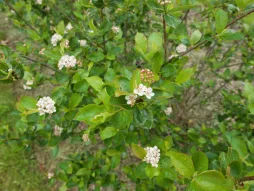
Black Aronia
Discover
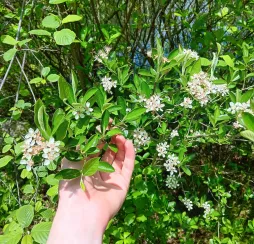
Purple Aronia
Discover
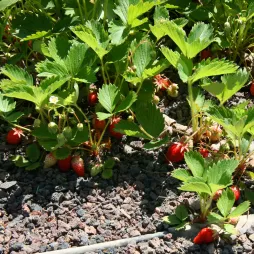
Non-remontant strawberry
Discover
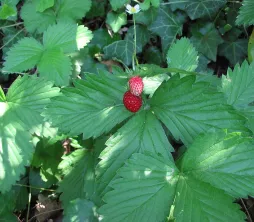
Woodland strawberry
Discover














